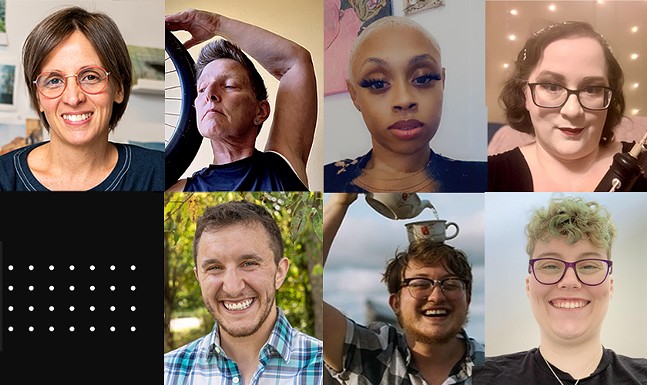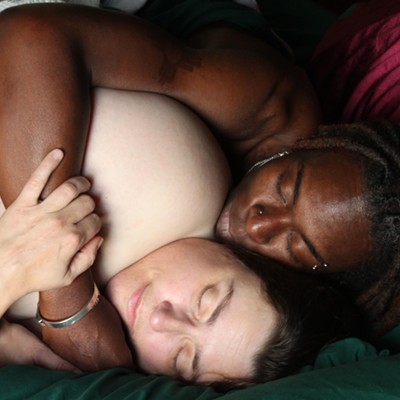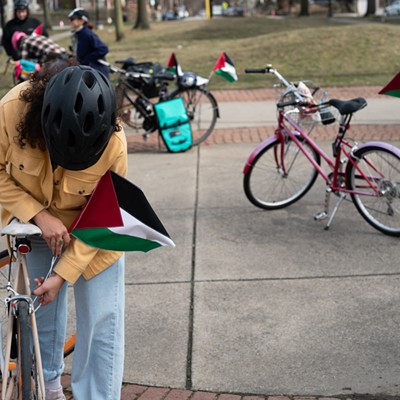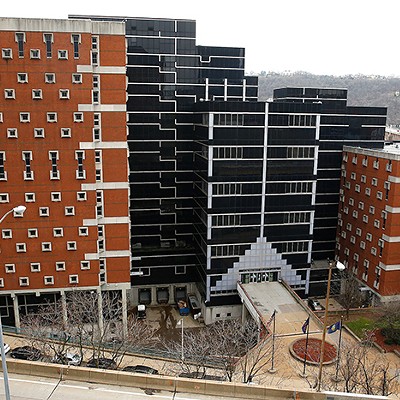Art by and for everybody: meet the Disabled Artists Creative Cohort
The newly established Disabled Artists Creative Cohort — a first-of-its-kind initiative by the Greater Pittsburgh Arts Council — is aiming to make the region’s arts sector more equitable, accessible, and aligned with disability justice.
A paid advisory group, the DACC will be comprised of a “disability-led group of artists, makers, and doers, leading with their expertise and lived experiences in the creation of access-centered programming to support and empower disabled artists of all disciplines in Pittsburgh,” according to the Arts Council’s website. The new cohort will work in collaboration with the Council to undertake regional advocacy efforts, serve as a resource, and to create and provide opportunities that center disability justice and accessibility in the arts.
The DACC’s seven inaugural members are artists and arts professionals across a variety mediums who identify as disabled. Among them are Khaliah Guenther (aka Kay Cee), a visual artist and Pittsburgh native; Sandra Bacchi, a Brazilian-American mixed-media artist who works with glass; Sarah Hurd, a classically trained oboist; Eli Kurs-Lasky, a writer and photographer; Asher O’Briant, a comedy writer; and Tess Dally, a dancer.
Cohort member and digital and textile artist River White says being part of the group holds special meaning, both in the opportunity to work with other artists with disabilities and “to gain inspiration from their art,” and for the group to impact artistic production and public policy as a whole.
“It’s really cool and really meaningful, especially for me as a person with disabilities, to be able to [enact] this direct change,” White says.
White, who uses he and they pronouns, says that it’s paramount to remember that art takes all kinds and that it should be enriching for all of the region’s residents.
“I would love to see public art be more accessible for everyone, and not just physically accessible,” he tells Pittsburgh City Paper. “I want people who are poor to be able to see public art. I want people of color to be able to see themselves in public art. I want Pittsburgh as a place to be like, ‘Yeah, we have some really cool art that everyone can experience.’ And it is for everyone.”
Recounting their own path to becoming an artist isn’t always straightforward, they say. White wishes he had the opportunity to speak more often about his journey from being a “nerdy kid playing with LEGOs,” to studying electrical engineering at West Virginia University, to making digital art and crocheting in Pittsburgh.
After becoming disabled through injury, White is mobility challenged and walks with a cane, influencing a “passion” to increase accessibility through art. Currently, they’re studying user experience and user interface design at Robert Morris University, with an eye toward improving website and app accessibility, and combining coding and their digital art.
“It's important for people to realize you can start at literally any time,” White tells City Paper. “You can go from any background into art. And that influences what you make, how you make it, and who you make it for.”
















